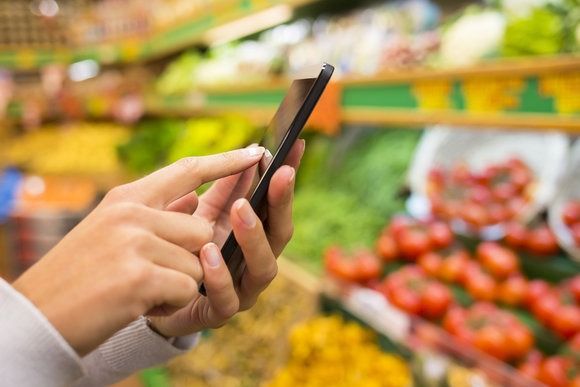Automated sorting machines reduce post-harvest loss during grading – an issue that has plagued the fresh produce sector for decades.
“Post-harvest loss in India amounts to USD 13 billion.”
The definition of loss, which starts from the time food is harvested till it reaches retail shelves, is not limited to quantity. It also includes measurable degradation of the quality of harvested food along the supply chain.
Why?Because poor quality produce fetches a lower market price, which leads to economic loss.
Whittling down to our focus – just fruits and vegetables – the post-harvest loss is around 18%. There are multitudes of problems that lend to the loss – absence of good cold storages, inadequate transportation to pack-houses or subsequently to retailers.
But the very first issue and the one that has plagued the industry for years is grading.
The problems manual sorting causes
Sorting of fruits and vegetables after harvest is manual, which makes it subjective. What I may sort as a perfectly edible but slightly misshapen tomato, you may grade into the ‘rejected’ pile.
And because the process is manual, it is also slower, lacks standardisation and prone to a high degree of error. When you’ve sorted through tonnes of tomatoes, you tend to stop seeing defects.
As a result, fresh produce brought to the market is often damaged, shrivelled, rotten or even unripe. So, it either fetches a lower price or is outrightly chucked out.
The solution digitised sorting delivers
Digitising fresh produce sorting solves these problems. When an automated sorting machine takes over the manual and highly insular process, it becomes objective – free from human bias and error.
The systematic grading is also much faster and completely standardised. Why? Because a sorting tool allows you to set specific quality parameters.
But how does automated sorting reduce post-harvest loss?
There is a difference between damage that makes it impossible to use a fruit or vegetable and defect that only restricts the use.
A sorting machine can grade fruits and vegetables in diverse classes. The produce with top-notch size, weight, shape, colour, and maturity are sorted as Grade A. These are forwarded to transport to cold storage and then to the retail market. Thus, fetching a better price in the market.
While minimally bruised, or misshapen fresh produce are graded in lower categories. These are channelled elsewhere such as food processors. By redirecting stock where it can be used rather than thrown away, wastage is curbed. And the earlier in the supply chain this can be done, the higher the chances of extracting maximum economic value.
The only way forward
For most businesses, the age-old question has been how to reduce expenses. It’s a central, but not necessarily straightforward, issue to tackle.
In fresh produce, wastage equals expense.
The current (and manual) state of sorting post-harvest wastes both time and produce, making it a costly affair. Technologies like AI-driven sorting machines address this critical problem – saving time, produce and, most importantly, money.

Ramakrishnan M is VP – Sales & Marketing at Intello Labs. He is passionate about Agriculture, AI and start-ups. You can connect with him on LinkedIn and follow him on Twitter.



.png)


